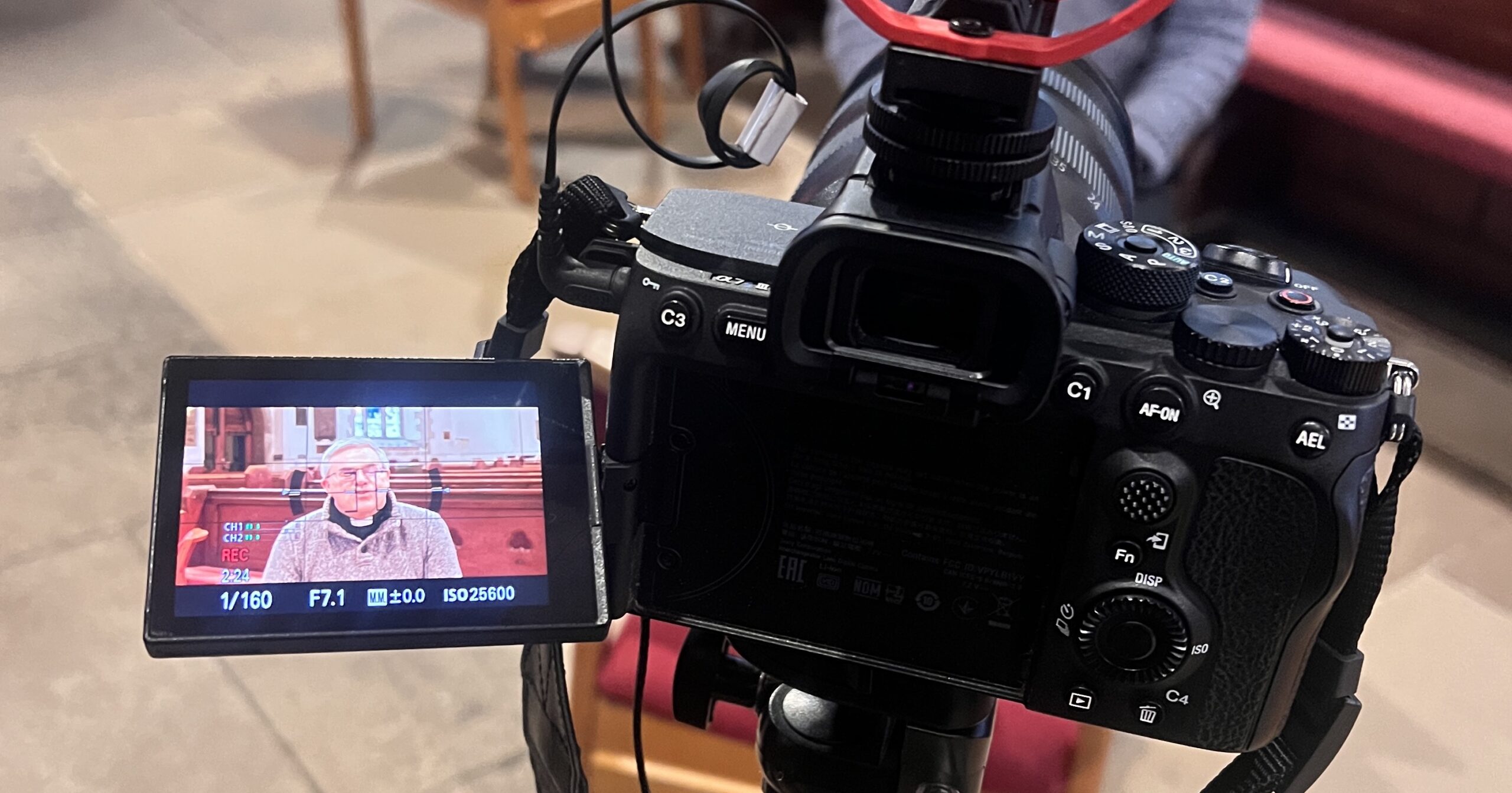We’re now in the second quarter of the year, we have just passed Easter, which I pray was a blessed time for you and your church, and I’m sure you saw an increase in people connecting with your church community. So as I’m trying to do now, don’t let the chance go to keep in touch with them! I went to a sunrise service on the beach in Swanage, and unfortunately it was a bit cloudy and windy and less picturesque so below is a pictures from last year’s service. BUT I realised that after the service and we all went to Swanage URC for tea and bacon rolls, that we were sharing photos or videos from previous years and the collections of photos were beautiful. It made me think that it would be some great content to share out on a church’s social media. Have you got photos you can share? Even if it’s not this year, a similar photo is a wonderful celebration of a joyous service where there is such church unity in worshipping together. People love to see gorgeous photos of their local area, it’s great to tag in the other churches and also to reflect on recent events.

Looking forward
To help you looking forward for the next few months of your social media activities, I want to share some useful resources, tips, tricks and links that might be helpful. For this Digital Mission Dispatch, here are a few social media trends I’m looking at for the next season.
Differentiation between platform content
For a while all the platforms were fairly unified in type of content to post, perhaps the format was slightly different but the general ‘vibe’ was still the same. It’s now going back to a bit more differentiation between the platforms in not just format but style of content.Tailoring your content to fit the specific audience and format of each platform will be key to engagement. For example, on Instagram, focus on visually appealing content such as high-quality images and short videos (these could be bible quotes, team photos or clips from your sermon), while on Twitter or even Threads, prioritise concise and witty messaging that sparks conversation. By understanding the nuances of each platform, you can effectively reach and resonate with your audience across multiple channels. I know that it does requite a bit more time and effort to create your content but to really make the most of your church’s social media platforms, it’s best to do it right.
Social media as search engine
Social media platforms serve as powerful tools for outreach, education, and community engagement. Treat social media platforms as digital search engines by optimising your content for discoverability. Use relevant keywords, hashtags, and descriptive captions to make your posts more searchable and accessible to users seeking information or resources related to your cause. Additionally, take advantage of features like Facebook’s Groups and Events, Instagram’s hashtags and Explore page, and LinkedIn’s professional networks to expand your reach and connect with like-minded individuals and organisations.
Photo dump more often
‘Photo dumps’ are a common phrase for a post where a collection of photos are added, this could be in a carousel post on instagram, album on Facebook, or slideshow on TikTok. These can be a valuable strategy for church or charity social media accounts to showcase the diverse activities, events, and initiatives undertaken by your organisation. Share photo dumps featuring images from volunteer activities, community outreach events, fundraising campaigns, and behind-the-scenes moments. These photo collections offer followers a glimpse into the impactful work being done by your organisation while developing a sense of connection and involvement. By regularly sharing a collection of photos, you can highlight the breadth and depth of your church or organisation’s efforts and inspire others to get involved and support your mission.
Authenticity
Authenticity is paramount for church or charity social media accounts as it really is the only way to grow trust, transparency, and meaningful engagement with your audience. Share authentic stories, testimonials, and experiences that reflect the heart and soul of your organisation’s mission and values. Showcase the real impact of your work through firsthand accounts from beneficiaries, volunteers, and staff members. Avoid overly polished or scripted content in favour of genuine expressions of compassion, empathy, and hope. By staying true to your organisation’s purpose and identity, you can cultivate a loyal community of supporters who are passionate about making a difference in the world. Yes try to take the best pictures possible but not everything has to look staged. You could share some behind the scenes of what planning a service looks like, or a team meeting or even the clear up after Sunday School. Show the real faces of the people who make up your church or organisation so that your audiences get to know you.

